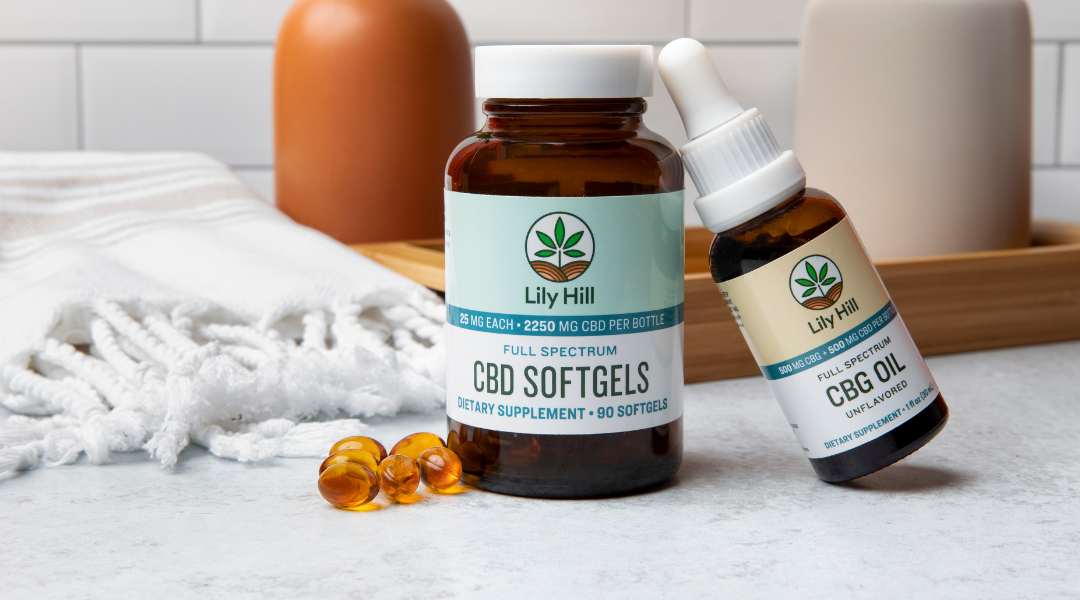
The Beginner's Guide to CBD, Part 3: CBD and the Endocannabinoid System
If this is the first time you are joining us, I recommend reading the previous installment of this series: The Beginner's Guide to CBD, Part 2: The Endocannabinoid System. The information and terms explained in that article will provide some context for today's read.
As I explained in the previous post, the endocannabinoid system (ECS) can be likened to a lock and key system. The CB1 and CB2 receptors act as the locks and cannabinoids and endocannabinoids act as the keys. When cannabinoids or endocannabinoids bind to the receptors, the keys unlock the locks and the magic happens. Got it? Well, sorry to say that CBD works a little differently with the ECS than other cannabinoids.
The first surprise of the day is that CBD has a low affinity to the endocannabinoid receptors. This means that CB1 and CB2 receptors would rather bind to other compounds. When it comes to picking dodgeball teams, the CB1 and CB2 receptors are going to choose anandamide and THC before CBD.
So, if CBD is on the B-string, where does all its rich beneficial potential come from? CBD's power comes from its indirect effects on the ECS as well as from its unique ability to influence a wide range of other body systems.
One way CBD affects the ECS is that it alters the activity of its enzymes and transport proteins. This action modifies the concentration of the body’s self-producing endocannabinoid, anandamide (remember, that's the endocannabinoid that has a calming effect on the brain and is responsible for "runner's high").
Let me explain how this works. Ready to remember biology class again?
Enzymes speed up the rate of chemical reactions within a cell. In the ECS, the key enzyme is the fatty acid amide hydrolase, or FAAH, which is responsible for breaking down anandamide. CBD slows down the work of FAAH. This results in a higher concentration of anandamide in the system over a longer period of time.
Another way CBD assists in the layup, giving anandamide time to score, is its interaction with the fatty acid-binding protein, or FABP. This protein binds to anandamide and transports it outside of the cell. Once outside, it is broken down by FAAH. CBD is successful in fighting for FABP's attention and heroically sacrifices itself to be transported and destroyed by FAAH. This action also leads to higher concentrations of anandamide in the body over a longer period of time.
The short of it is that CBD’s main role in the ECS is enhancing the effects of anandamide.
Sources:
1. Ahn K, McKinney MK, Cravatt BF. Enzymatic pathways that regulate endocannabinoid signaling in the nervous system. Chem Rev. 2008;108(5):1687–1707. doi:10.1021/cr0782067
2.Morales P, Hurst DP, Reggio PH. Molecular Targets of the Phytocannabinoids: A Complex Picture. Prog Chem Org Nat Prod. 2017;103:103–131. doi:10.1007/978-3-319-45541-9_4
3. How CBD works - Projectcbd.org

